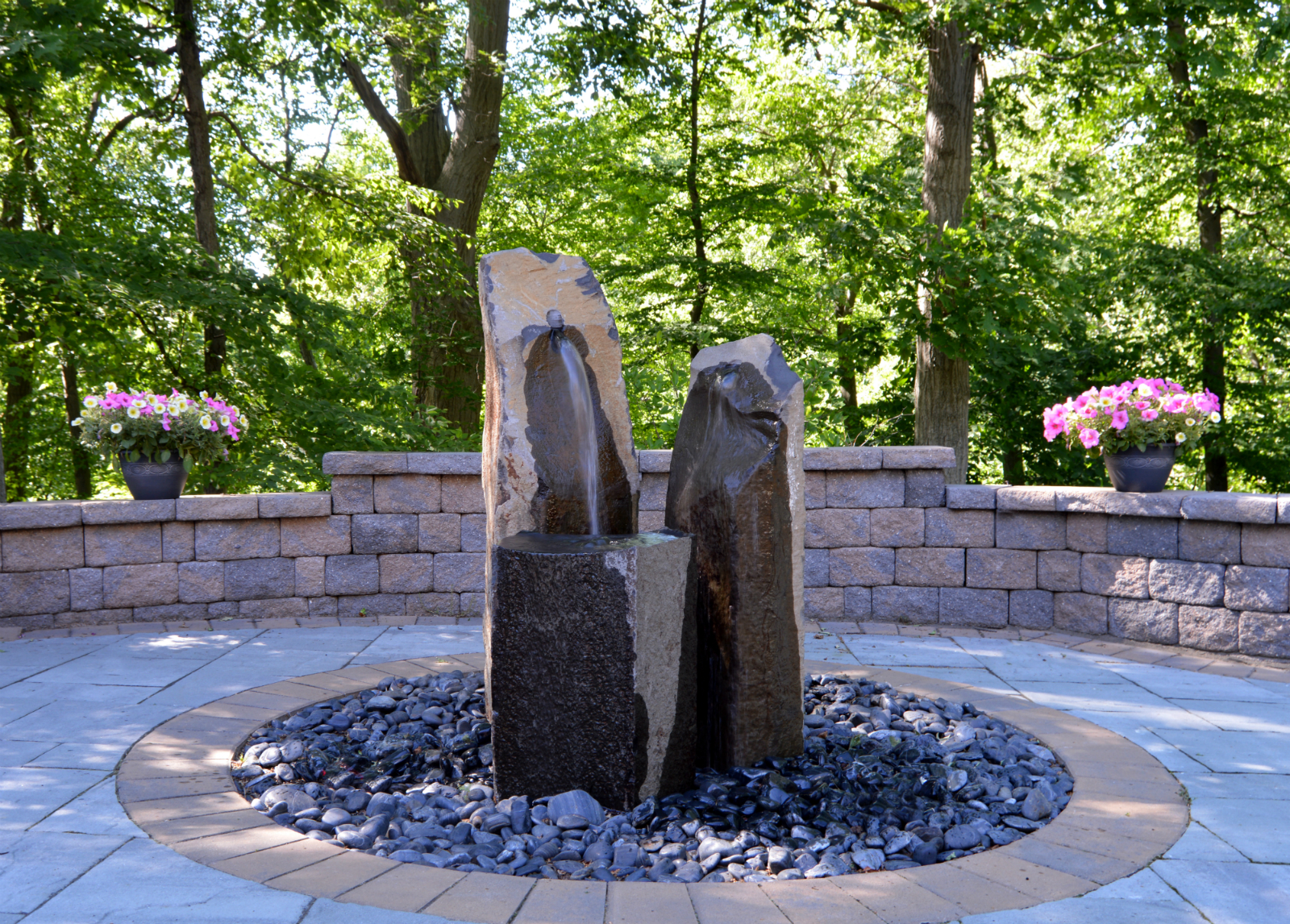What Does Landscape Design Do?
What Does Landscape Design Do?
Blog Article
Facts About Landscape Design Uncovered
Table of ContentsOur Landscape Design DiariesSome Of Landscape DesignThe 5-Second Trick For Landscape DesignGetting My Landscape Design To Work
Formal style theme. Credit Report: Gail Hansen, UF/IFAS The lawn is an expansion of the home where a selection of activities take location. A lawn can typically be split right into three locations: public (the front lawn), exclusive (the back yard), and service (usually the side backyard). The location of task locations depends mostly on the sort of location, the size of area required, the kind of task, and the preferred distance to other tasks and structures (Landscape Design).
The outdoors wall of your house usually offers as the initial wall surface or beginning point of an outdoor room. Incompatible usages should be divided, and relevant activities, such as food preparation and eating, must be created to make the backyard more effective and delightful. When utilizing hardscape to create areas, make use of building product comparable to that made use of in your home for connection from your home right into the garden.
Linked rooms. Credit Score: Gail Hansen, UF/IFAS Utilizing similar hardscape features and repeating plants pulls the eye around the yard.
This offers a sense of enigma that promotes expedition and exploration of the landscape. From a layout point of view, plant products have three major features in the landscape: visual, architectural and utilitarian. Cosmetically, plants produce a visually pleasurable atmosphere and structurally plants arrange and define areas. Plants are utilitarian due to the fact that they can change the atmosphere for the convenience of the customer by customizing light, temperature level and humidity.
Landscape Design Can Be Fun For Everyone
For emotional convenience plants are made use of as physical or suggested barriers for privacy and security. Physical barriers obstruct both the sight and accessibility to an area and include fencings, wall surfaces and plant hedges.
Physical and suggested obstacles. Credit History: Gail Hansen, UF/IFAS For these factors, the kinds of plants to be used (such as trees, shrubs, or groundcovers) should be selected in the onset of preparation. Plant kinds are picked for their functional abilities to make sure that their future purpose and required area can be thought about at the very same time.
The overhanging aircraft, the vertical aircraft and the ground aircraft need to all be taken into consideration to produce unit. As soon as the form of a plant bed has been developed, the plants ought to be massed (grouped) and split to achieve visual unity and the desired amount of enclosure. The size of a plant mass will rely on the complete dimension of the yard, the dimension of the private plants in the mass, and the emphasis or impact desired from the plant material.
Each plant mass remains in front of, behind, or next to, one address more mass. Figure 11. Straight plant layers. Credit Rating: Gail Hansen, UF/IFAS Number 12. Vertical plant layers. Debt: Gail Hansen, UF/IFAS Duplicating plants within a mass and repeating masses with comparable plants ties the yard together. The private plant attributes have to be taken into consideration to successfully layer and mass plants.
An Unbiased View of Landscape Design
All plant structures start with the major structure plants, the huge, mostly evergreen background plants-such as the trees and huge shrubs. These plants separate or enframe areas, control the size of the room, and offer the starting point for choosing the ideal characteristics of the 2nd layer, midground plants, for massing and infill.
Essential factors in the yard should be highlighted by the use one-of-a-kind plants, distinct structures, or garden accessories. Marking thresholds or entrances to spaces can be finished with gateways, arbors, and actions, or with making use of unique and vibrant plants. The form and/or style motif of the garden will certainly usually assist determine the vital factors and exactly how they must be highlighted.
Various other vital locations in the yard are focal factors, which is made use of to aesthetically organize a landscaped area. Various point of views or viewpoints can disclose various structures in the landscape that might require a selection of focal factors.
9 Easy Facts About Landscape Design Explained
Figure 13. Plant kinds. Credit: Gail Hansen, UF/IFAS After kind, structure is the following leading function of a plant; rugged, tool and fine appearances can be made use of for comparison and focus in the landscape. Form Visit Website and appearance both trump shade in the yard for most of the year. Nonetheless, during particular periods, shade will certainly be one of the most visible feature of the yard.

The enjoyable fragrance of plants, the audio of wind in the trees, the noise and texture of water, and the shades and appearances of sculptures, recommended you read pots and yard furnishings all include to the experience of the garden. One information that is commonly neglected is the result of light on the aesthetics of the plants.
The whole garden changes in feature and look throughout the day, and the course of a year, as the light and temperature level change from morning to night and season to season. Plant choice need to take into consideration a plant's development rate, its fully grown size and form, and the upkeep it will certainly require.
It is essential to understand the eventual mature size of plants so they can be put in the right location and spaced effectively when they are set up. Providing plants area to grow is a difficulty since the usual fully grown dimension is normally based upon optimum expanding problems and the environmental problems of a website may trigger a plant to enlarge or remain smaller sized.
Report this page